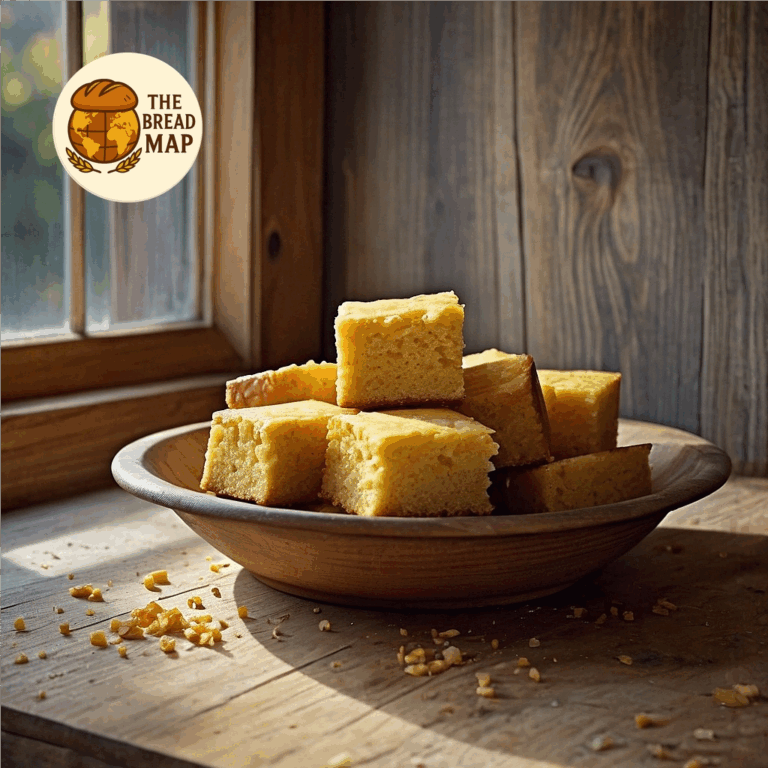
Introduction
Few foods embody Southern hospitality quite like cornbread. Golden, fragrant, and deeply familiar, this simple bread is more than just a staple on the plate—it’s a vessel for stories, memories, and generations of tradition. Whether served with a hearty stew, spicy chili, or simply eaten warm with a dab of butter and drizzle of honey, cornbread brings people together. So what makes this crumbly classic such an essential part of Southern culinary heritage?
Historical Background
The story of cornbread begins long before the arrival of Europeans in North America. Native American tribes such as the Cherokee, Chickasaw, and Creek were already grinding dried corn into meal and crafting an assortment of foods from it: ash cakes, corn pone, and hoecakes, to name a few. When European settlers arrived, they relied heavily on indigenous knowledge to adapt this staple into what would evolve into regional bread traditions across the United States. Over time, ingredients like buttermilk, eggs, and baking soda were introduced, creating the version of cornbread we know and love today.
Region of Origin
Though its roots stretch across much of North America, cornbread took a firm hold in the Southern states, where corn grew abundantly and traditional wheat bread was more difficult to produce. It wasn’t just a matter of taste—it was necessity. Flour was expensive and scarce, while corn was accessible and versatile. Today, Southern-style cornbread, often baked in sizzling cast-iron skillets for those crispy golden edges, is a proud mainstay of regional cuisine from Texas to the Carolinas.
Ingredients and Preparation
Southern cornbread is beloved for its rustic simplicity. Recipes can vary across families and regions, but the foundations remain consistent. Core ingredients typically include:
- Stone-ground cornmeal (yellow or white)
- Buttermilk or milk
- Eggs
- Baking powder and baking soda for lift
- Butter or bacon fat for richness
- A touch of sugar (though this remains a debated topic in the South!)
The key to perfect Southern cornbread lies in the pan—specifically, a well-seasoned cast-iron skillet. It’s preheated in the oven and sometimes greased with lard or butter before pouring in the batter, giving the bread its signature crust. Some opt to add ingredients like jalapeños, corn kernels, or cheddar cheese for extra flavor.
Cultural Importance
Cornbread is a fixture at family tables, church potlucks, and barbecue gatherings across the South. It transcends class and culture—appearing alongside smoked ribs and collard greens, or crumbled into buttermilk for a nostalgic snack. For many, it’s the taste of home and a living symbol of endurance, particularly within African American culinary narratives where cornbread was often one of the few available staples during difficult times.
Today, cornbread continues to evolve, showing up in the pages of gourmet cookbooks and on menus from Charleston to Los Angeles. But no matter how it’s served—savory or sweet, skillet-crisp or muffin-shaped—it remains a golden reminder of America’s complex, resilient, and flavorful food history.
Leave a Reply